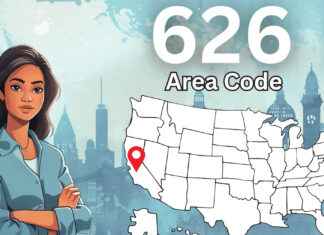The death toll from forest fires rose to 112 deaths in Chile, authorities announced on Sunday February 4, specifying that firefighters were still battling around forty active outbreaks.
“We must say, with the information received from the forensic service that there are 112 people killed, 32 bodies identified,” said Manuel Monsalve, spokesperson for the Interior Ministry, during a conference of press.
The number of victims continues to climb. In addition to human losses, between 3,000 and 6,000 homes were damaged or destroyed by Chile’s deadliest forest fires in the last decade, according to Manuel Monsalve. The fires also ravaged 43,000 hectares of forest, particularly on the Pacific coast.
“This is the biggest tragedy we have seen since the 2010 earthquake,” said Chilean President Gabriel Boric, who flew over some disaster sites by helicopter, referring to the 8.8 magnitude earthquake on February 27 2010, which was followed by a tsunami and left more than 500 dead.
“In the space of a minute we lost everything,” Luis Vial, a 69-year-old retiree, said, breaking down in tears, in front of the rubble of his house in the Villa Independencia neighborhood, where 19 people were killed. perished, on the hills of the tourist region of Valparaiso. After a lull, the fires have resumed in this region, where the famous seaside resort of Viña del Mar is located, whose beaches are popular during this period of the southern summer marked by scorching temperatures. “This is an unprecedented disaster, the Valparaiso region has never experienced a situation of this magnitude,” declared Macarena Ripamonti, mayor of Viña del Mar.
Nighttime curfew
Violent winds fanned the flames and a pall of black smoke covered the streets, where explosions followed one another, journalists from Agence France-Presse noted. Authorities introduced a nighttime curfew to facilitate the supply of fuel to emergency teams, and new calls for evacuations were made.
On the hills of Valparaiso, where the streets are littered with hundreds of charred cars, thousands of people were able to discover their destroyed homes on Saturday morning. Firefighters have been fighting tirelessly since Friday against dozens of homes in the regions of Valparaiso and O’Higgins in the center, but also Maule, Biobio, La Araucania and Los Lagos, in the south.
“The priority is the fires in the Valparaiso region, due to their proximity to urban areas,” said Interior Minister Carolina Toha. These are areas located between 80 and 120 kilometers northwest of Santiago, rich in wine, agricultural and forestry businesses.
Argentina, Paraguay and Brazil threatened
President Boric declared a state of emergency on Friday in order to “have all the necessary means” in the face of the progression of the fires. Fourteen ships and five helicopters were mobilized to fight these fires.
Since Wednesday, the temperature has been close to 40°C in central Chile and the capital, Santiago. “These episodes are more and more recurrent, which is why we see historic temperature records every year,” Pablo Lobos Stephani, responsible for fire protection at the National Forestry Corporation.
This heatwave resulting from the El Niño climatic phenomenon is currently affecting the southern cone of Latin America, in the middle of summer, causing forest fires worsened by global warming. After Chile and Colombia, the heat wave threatens Argentina, Paraguay and Brazil in the coming days.






